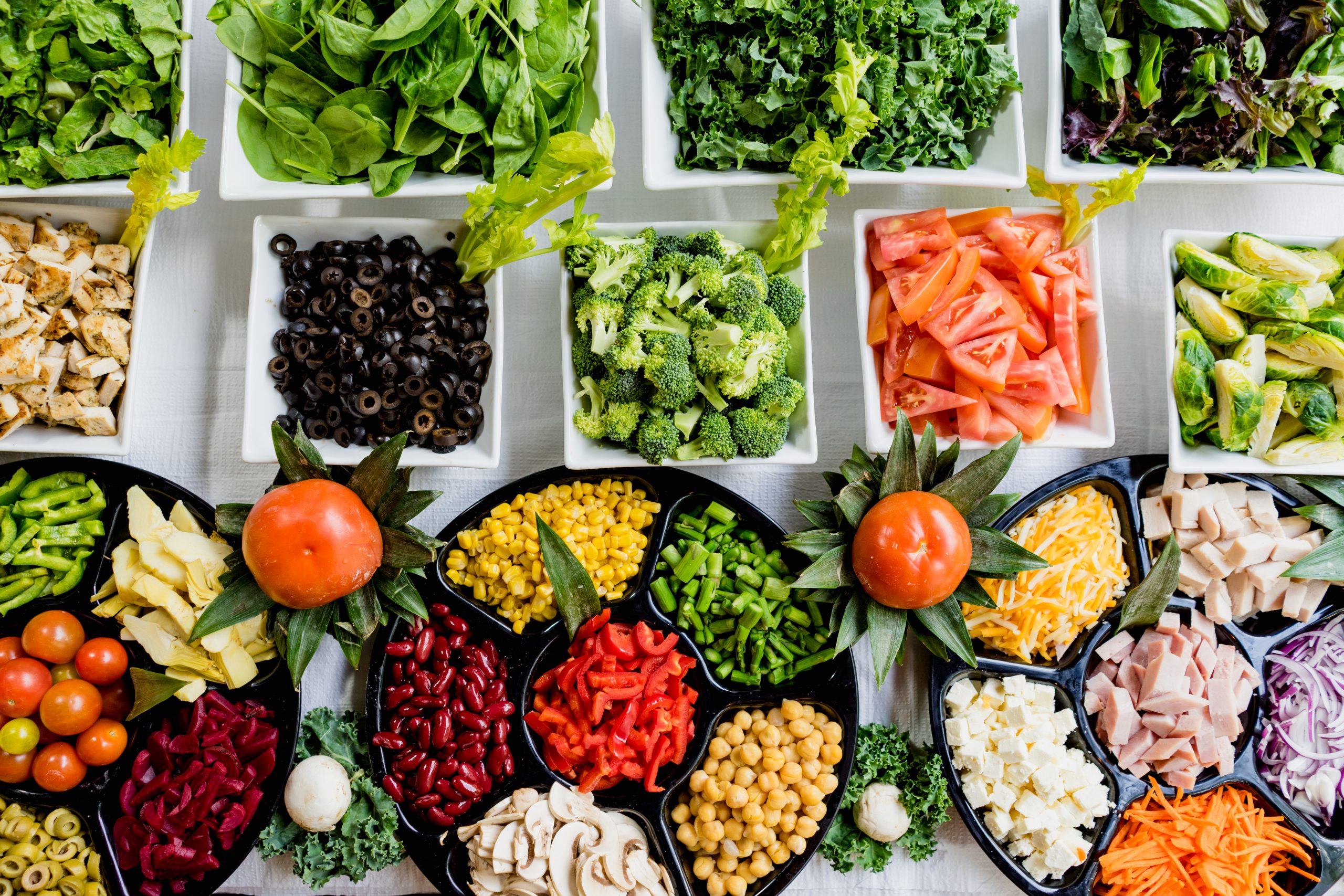Over the past 20 years, we have seen a significant evolution in the restaurant industry. From the arrival of new technologies to the change in our eating habits, catering has been redesigned, enriched, and digitized. So what does she have in store for this coming year? Answer in the rest of this article.
When gastronomy returns to its roots
This trend is not new but will become one of the main trends in gastronomy in 2021 and over the next few years. Our consumption habits will evolve towards healthier or even primary consumption, much like our ancestors. The end of industrialized foods? What to see… But that doesn’t mean you have to just eat fresh, organic, and local ingredients at all costs. It is mainly a question of taking back old recipes typical of our culture and our regions, such as the traditional cuisines of our grandmothers, for example.
This gastronomic trend, which we have seen in recent years, is very much akin to the general awareness about the effects of our consumption on the environment.
How to apply it on a daily basis? This can induce the use of all parts of the raw material for example. Forgotten kitchens such as animal viscera dishes or offal will be updated. If we follow this logic, it can also be done with fruits and vegetables, where we will reuse the peels for example. Like banana skin, which, in addition to having anti-inflammatory and anti-bacterial properties, can be used in a vegan version of meat.
Antioxidant foods
This year, we will eat less in diners for profit, healthier cuisine that will go in the direction of better nutrition but also our health. This type of cuisine highlights antioxidant foods, which will be one of the main gastronomic trends of 2021, because of their anti-aging properties.
Over the next few years, we will benefit even more from the nutrients and benefits of vegetables, fruits, and seeds. Fortunately, many antioxidant ingredients are present in Mediterranean cuisine: oranges, zucchini, tomatoes…
Ghost Restaurants
Granted, the name may be a little scary. Ghost restaurants are a new type created by restaurants and delivery companies. Their purpose? Create restaurants that are 100% online and therefore virtual. Ghost restaurants are “establishments” that do not have a lounge, waiter, or any other service. They are used by both large chains that have to produce more and have no space in their premises; and by restaurants that exist only virtually and serve only home cooked food.
This trend is growing in Europe. Some ghost restaurants are operated by the delivery companies themselves; for example, start-ups Taster and Dark Kitchen have launched it to develop the service across France.
Ugly foods
With the tendency to consume more and more organic, healthy and non-toxic products, but also to avoid waste, the “fashion” of ugly foods is indeed a trend that will democratize in 2021. These, previously rejected by supermarkets because of their appearance, reappear as a symbol of authenticity and freshness.
Beyond the health aspect and being organic ingredients, ugly foods promote sustainability and encourage suppliers to stop wasting.
Gradually, projects that encourage the movement of ugly food, appear all over the world. In the United States, Misfits Market has been a pioneer in promoting these types of fruits and vegetables. In addition to selling products 40% cheaper, this contributes to the circular economy. In France and the UK, it is already a practice that has been all the rage for a few years now and which will continue to democratize in the years to come.
Fast and casual
When it comes to fast food, the trend that stands out the most is fast-casual. This concept, which combines fast food with the comfort of a casual meal, has more affordable values but not as cheap as traditional fast food.
A restaurant of this type is characterized by the fact that it does not offer table service and has healthier and less processed ingredients than the most popular fast-food restaurants. Also known as fast-food, fast-casuals work with more premium ingredients and vegetarian options on the menu. In addition, they have a modern and warm decoration. An example of this trend is the American Chipotle network, whose shares on the New York Stock Exchange are valued at 816.75 $US.
Although the fast-casual market is more developed in the United States, we can see many examples of this gastronomic trend also in Europe. Burger shops like Bioburger or networks of restaurants specializing in Poke, such as Poke Me for example are thriving in France.
Asian cuisine
Asian cuisine is experiencing a new boom with the arrival of the Tokyo Olympics this year. But now we’re going way beyond sushi, which we know well.
From now on, Asian street food is being created as a table place thanks to dishes little known to Westerners, such as Japanese curry or chichi. Another major trend originating in Asia is that of fermented foods (chou, kimchi, miso, tempeh). These were already starting to appear in many restaurants and will gain even more versions such as the kimchi with pumpkin, cabbage, and cucumber.
Added to this boom, Filipino food will be one of the major trends in gastronomy by 2021. Due to historical influences and its tropical climate, its cuisine has spicy and bittersweet touches and has nothing to do with Japanese cuisine. In addition to the typical ingredients of this region, Filipino dishes also have Spanish, Chinese and Malaysian influences.
Vegans and Vegetarians
The number of people eating plant-based foods is increasing every year. As of 2019, 4.8% of the total US population doesn’t eat meat and animal by-products. There has been a massive increase in the last five years from merely 1.8% in 2015. The Vegetarian Resource Group revealed in a survey addressing how many vegetarians are in the US that 4.8% of Americans are vegetarian or vegan. The main reason why people are turning to plant-based products according to the survey is health.

